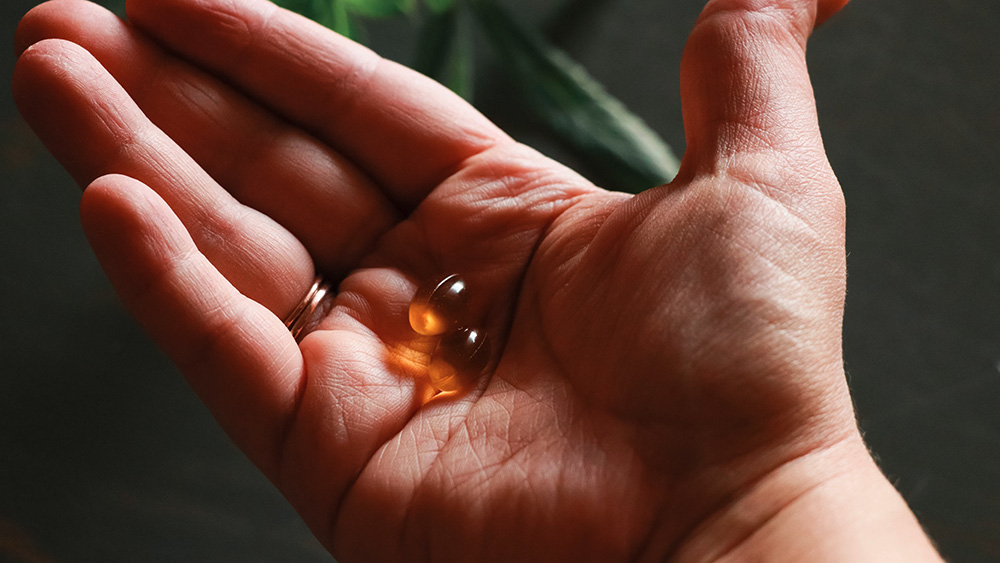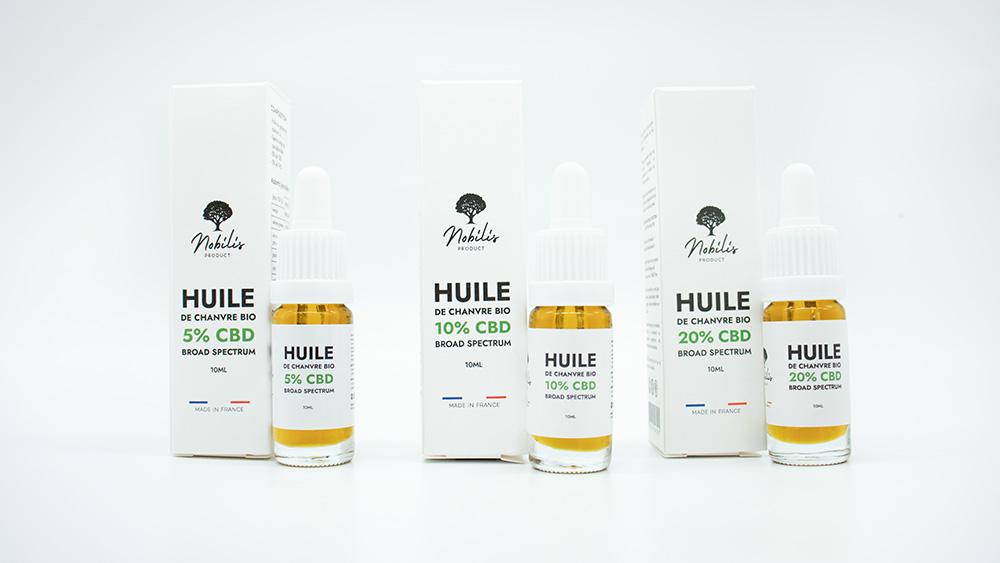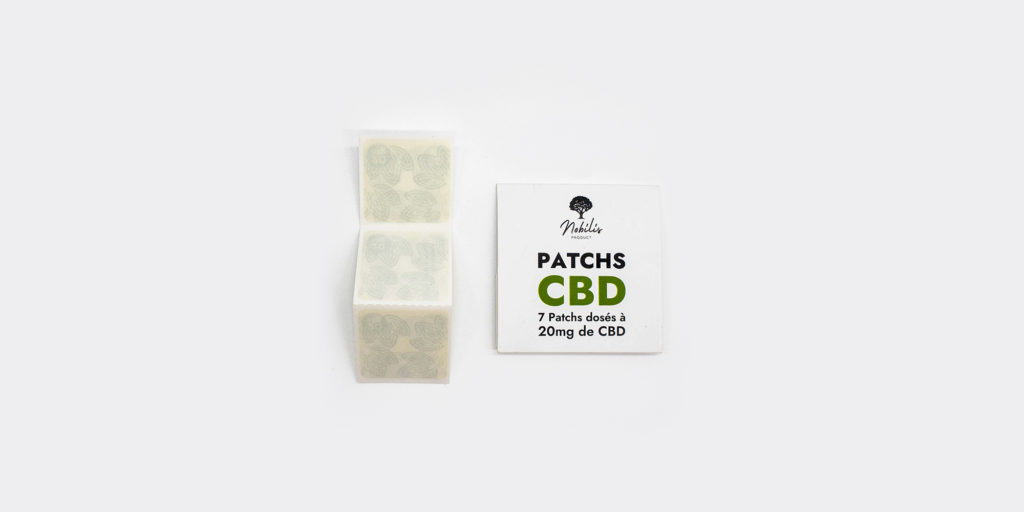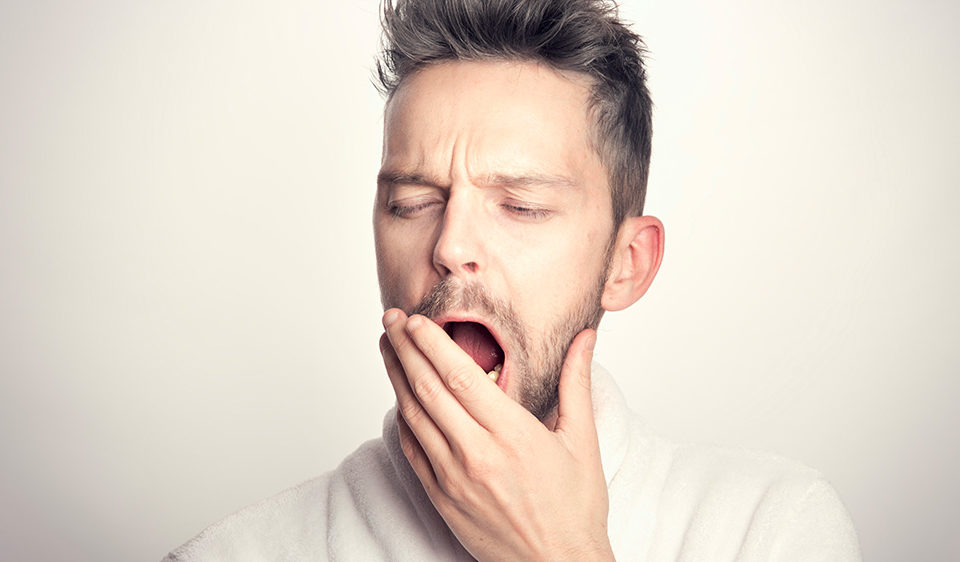
What is CBG? Benefits, effects and everyday uses
July 7, 2023
What is CBN? Benefits, effects and uses
July 7, 2023If you're considering the option of adding CBD to your daily routine, you're probably also wondering about the best ways to take it.
Obviously, you may wonder about the efficacy of different forms of CBD, especially if this is your first foray into this wellness segment. What's more, the abundance of products available does not make the choice any easier.
Some people may feel completely lost after browsing the myriad of references available on the market in terms of CBD oils, capsules, edibles, smoking or vaping references, not to mention concentrates and skincare products.
No more worries. Here, we'll tell you everything you need to know to choose the best way to consume your CBD, in terms of both administration methods and the various uses that exist, as well as practical advice on how to maximize the effectiveness of your product.
What's the best way to consume CBD?
The truth is, there's no universal answer to this question.
Cannabidiol is available in two different derivatives, each with its own advantages and disadvantages. Choosing the best way to take CBD therefore comes down to determining your priorities and preferences.
You can find CBD in the following forms:
- Oils/tinctures
- Capsules
- Edibles
- Vapors
- Topical products
- Products for pets
Before detailing how to take CBD oil, let's focus on how to choose the best mode of administration for yourself.
How to use CBD oil: important factors
The different methods of consuming CBD inexorably have an impact on how this substance extracted from the hemp plant will be delivered to your body.
The use of CBD oil is consistent to keep in optimal shape over the long term. It's not a quick fix for your health problems.
Each person is different, and so is their response to different dosages.
It would be wise for you to take some time to analyze the factors that seem important to you in choosing your CBD product: i.e. your goals with cannabidiol, your lifestyle, your age, your gender, your metabolism and your tolerance.
In short, ask yourself what you really want from using CBD.
Which brings us to the first point.
Your goals with CBD
Scientists have determined that CBD has over 60 molecular targets. As a result, this cannabinoid offers a wide range of health benefits.
Mapping out your goals with CBD is the first thing you should do before you start wondering about the best ways to take it.
- Let's put it this way: what do you want to achieve by using CBD?
- Do you have a lot of pain to deal with and want to see if you can manage it with CBD?
- Do you want to promote emotional well-being?
- Or are you simply interested in optimizing your endocannabinoid system by incorporating CBD into your daily routine?
Many people end up finding the best way to consume their cannabidiol by experimenting with different types of products and formulas.
You can track your progress and evaluate the effects of your preferred method to help you get a clearer idea of the effectiveness of your product.
Method of administration
Once you've determined your goals with CBD, choosing the best way to take it will become much easier.
CBD has adaptogenic properties, which means it can have a positive impact on your body without directly affecting its functioning. It generally concentrates where the body needs it most.
If you want CBD to pass through your bloodstream to produce effects on your body - to the brain, gut and immune system - oral and sublingual products, as well as vaporizers, will suit you.
If the problem is localized anywhere on your skin, or if you suffer from localized discomfort such as inflammation flare-ups or injury-related pain, we recommend you try a topical product.
Cannabidiol will target cannabinoid receptors in your skin, modulating immune cell activity and reducing pain and inflammation.
Schedule your cannabidiol supplementation
As we mentioned, your lifestyle is one of the key factors in determining the best way to take your CBD.
Do you need immediate symptom control, or would you prefer a product with delayed effects?
Some methods, such as spraying orsublingual use (under the tongue), need just a few minutes to take effect, while oral products, such as capsules, take longer to work, sometimes up to two hours.
The onset of action is between 15 and 30 minutes after CBD oil administration, and can last up to 4 to 6 hours.
Oral forms of CBD take effect after 40-120 minutes but last much longer, up to 10 hours.
Vapes have the fastest onset of action, but on the other hand, their effects are relatively short-lived; they generally stay with the user for 3-4 hours.
Many people choose different methods of administration depending on the time of day.
How to take CBD depending on the type of product
Here, we look at the most common cannabidiol-based derivatives, with a particular focus on the speed of their effects and their bioavailability.
Taking CBD in oil form
CBD drops taken under the tongue are absorbed directly through the sublingual membrane , avoiding first-pass metabolism in the liver. The vast majority of the cannabinoid does not pass through the digestive tract.
The therapeutic effects of CBD oil generally appear within 30 minutes of administration. Peak blood levels are reported between 1 and 3 hours. This represents an ideal way to consume cannabidiol if you're looking for precise dosage, rapid effects and relatively high bioavailability.
If you want to get the most out of your CBD oil supplementation, we recommend that you consume it on an empty stomach, as CBD oil dissolves in fat. This means your daily servings can quadruple the bioavailability of CBD. Most high-quality CBD oils are suspended in MCT oil, which stimulates its absorption and brings the added benefits of essential fatty acids, vitamins and trace elements.
You can increase the surface area of absorption by swirling CBD oil around your gums, allowing the CBD to reach more vessels.
Eat CBD gummies or capsules
Oral CBD products, such as capsules and gummies, have a delayed effect because they have to pass through the liver and intestine before reaching the bloodstream. They generally begin to take effect after 40 minutes, with a peak in the bloodstream between 1 and 6 hours.
CBD gummies and capsules contain a fixed dose of CBD, ensuring a constant amount of CBD in your system. Capsules are also ideal for those who wish to program their supplementation.
The oral bioavailability of cannabidiol is lower than that of sublingual products. Only 20% of ingested content makes it into your bloodstream, which is the upper limit if you combine CBD with a carrier oil.
If you want to increase the absorption rate of CBD edibles, you can chew them before swallowing so that some of their CBD content is absorbed directly into the bloodstream.
When you take CBD capsules or gummies, the risk of interaction with drugs is higher. This is because cannabidiol is processed in the liver and inhibits the functioning of the Cytochrome P450 enzyme system, responsible for drug metabolism.
If you are taking medication, consult your doctor before purchasing a CBD product.
- Can CBD gummies be taken on an empty stomach?
Yes, you can take CBD gummies on an empty stomach, especially if you want to speed up the onset of effects.
- Should you eat CBD gummies with food?
Consuming CBD gummies with food, especially with a hearty meal, is a good way to improve their bioavailability as CBD is fat-soluble.
On the other hand, the effects may have an even longer delay, as consuming CBD with food will slow down its metabolism.

Using CBD on the skin
CBD does not reach the bloodstream when applied to the skin, unless you use a transdermal patch.
Instead, CBD interacts with your skin's endocannabinoid receptors , which are found in your muscles, immune cells and nerves responsible for pain signaling.
Topical CBD is applied as needed to relieve localized discomfort. This means there's no better time to take CBD this way.
CBD absorption rates through the skin vary according to product formulation. The effects generally take several minutes to an hour to manifest themselves.
Topical CBD products are the best way to use CBD for one-off problems, but long-term supplementation requires the addition of an oral, sublingual or inhaled form.
Speaking of inhalation...
Vaping and/or smoking cannabidiol
Inhalation delivers CBD through the lung tissue, ensuring the highest bioavailability of all consumption methods. Up to 56% of inhaled CBD ends up in your bloodstream.
You can either smoke or vape CBD products. You can smoke hemp flower, or CBD concentrate.
Vaping is the best way to consume CBD if you want to combine high bioavailability with a relatively safe method of consumption.
All vaping does is heat your product to a certain temperature in order to release the CBD molecule. Since there's no combustion, you don't inhale harmful carcinogens.
This way, you can maximize the effectiveness of your CBD consumption.
That said, it does require a big learning curve, which induces higher initial costs than smoking. High-quality vaporizers can be expensive if you don't want to buy cheap plastic products.
Another concern about vaping is theaddition of propylene glycol, whose safety profile has not been established in long-term use.
Mixing CBD with food or drink
Blending CBD with food and beverages is best suited to those apprehensive about the taste of unflavored CBD oils.
Hemp extracts leave a pronounced botanical aftertaste, which can be earthy or grassy depending on the source plant strain.
By adding a few drops of CBD oil to your food or mixing it with coffee, tea or other drinks, you can mask that unpleasant taste - but this will cost you some of its bioavailability since CBD will have to pass through the digestive tract.
How to give CBD to pets
Like humans,our 4-legged companions also have an SEC (endocannabinoid system) that interacts with plant-derivedcannabinoids.
Simply put, you can give CBD oil to your pet and expect the same health benefits as for yourself.
CBD for pets comes in two main forms:
- CBD oil for pets
CBD oil for pets contains the same ingredients as human CBD oil, although it's often infused with flavorings to make it more appealing to cats and dogs and difficult.
- CBD treats for pets
CBD pet treats are healthy snacks you can give your dog or cat to support its endocannabinoid system.
The latter offer a fixed dose of cannabidiol in each serving. If your furry friend refuses to take CBD oil - even in the flavored variants - CBD pet treats should do the trick.
How much CBD should I take?
Finding your optimal cannabidiol dosage takes time because it depends on your personal situation. What works for one person may not work for you, so it's important to take the following factors into account:
- Your weight
- Metabolism
- Age
- Gender
- CBD tolerance
- Severity of symptoms
- Unique body chemistry
A good rule of thumb is to start with a low dose (5 mg) to ensure that you react positively to the product's ingredients.
Then wait for CBD levels to peak and assess how you feel.
If you don't notice any positive changes after this dose, increase it in increments of a further 5 to 10 mg, then continue until you find the sweet spot.
CBD may need some time to make up for endocannabinoid deficiencies in your body, so you may not feel its effects immediately. Give yourself a week or two to monitor your progress and decide if CBD is working for you.
How to improve CBD oil absorption?
Once you've determined your effective dose of CBD, you may want to find a way to increase its absorption. Some of the cannabidiol you ingest won't reach your bloodstream.
There are a few tricks you can use to increase CBD absorption in different products:
CBD oil: if you take CBD sublingually, slide it with your tongue around your gums for at least 60 seconds. This will increase the contact surface and allow the cannabidiol to reach more capillaries.
Vaping: try different inhalation techniques before increasing the amount of CBD. Slowly inhale the vapour into your lungs, then gradually exhale. It's not a good idea to exhale all at once.
Buying CBD: How to spot a high-quality CBD product?
Finding the best way to consume CBD is one thing, but trust us, even the most sophisticated technology won't make up for a mediocre product. Here, we explain what to look for when deciding to buy cannabidiol-based products.
French-grown, GMO-free hemp
Look for products made from hemp grown in France, without synthetic growth promoters. This assures you are getting a reliable source for your CBD, as the finished product will be free from harmful contaminants. And if the hemp is organic, even better.
CO2 extraction
There are at least a few ways to extract CBD from hemp. CO2 extraction is by far the most widespread. Pressurized carbon dioxide passes through the plant in extraction chambers, acting as both a liquid and a gas. This extraction method requires no solvents or additional heat, making it safe and guaranteeing consistent potency across the product range.
Full-spectrum CBD
Whole plant extracts contain the full spectrum of cannabinoids, terpenes and flavonoids, as well as traces of THC (less than 0.3%). These compounds from the hemp plant are said to act synergistically to give you a better therapeutic effect. This concept is known as the entourage effect, and has been described by leading neuroscientists and cannabis experts such as Raphael Mechoulam and Ethan Bud Russo.
Third-party laboratory testing
Conscientious manufacturers guarantee the quality of their product with certificates of analysis from third-party laboratories. This proves that their oils contain the advertised amount of CBD and are free from contaminants such as pesticides, heavy metals and residual solvents.
Final thoughts on taking CBD oil
Understanding the pharmacokinetics of CBD - how it interacts with your body - should help you find the best way to take CBD in your situation. There are no official guidelines on how individuals should take CBD oil, so it all depends on your preferences and how you want to incorporate it into your lifestyle.
Health goals are also important, as some forms of CBD work best for general support, while others are better suited to localized problems. Bioavailability, in turn, will determine the effectiveness of your chosen method, so it's also worth taking this into account.
Whatever the effectiveness of a particular CBD format in theory, always make sure you check its quality.
What do you think is the best way to consume CBD?






